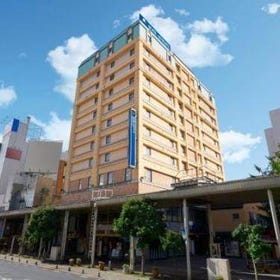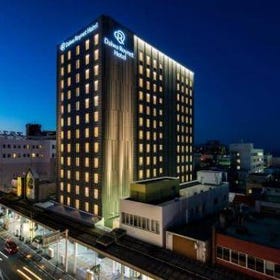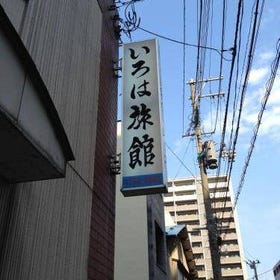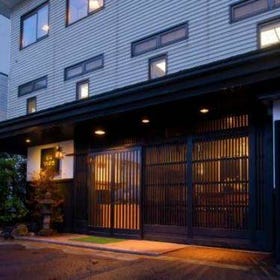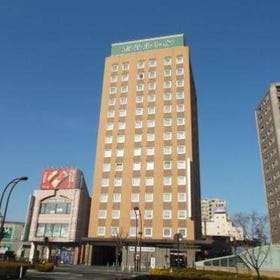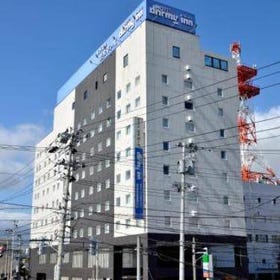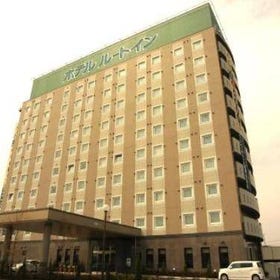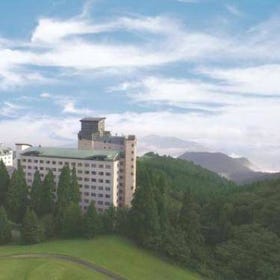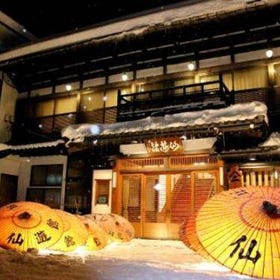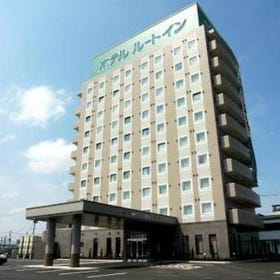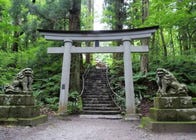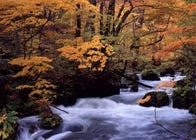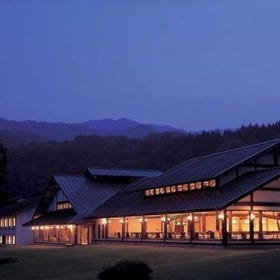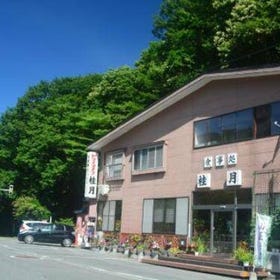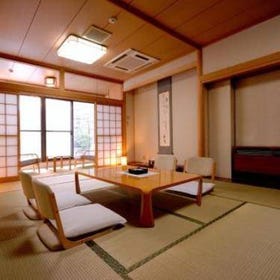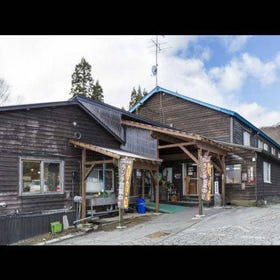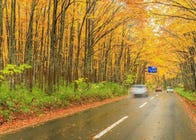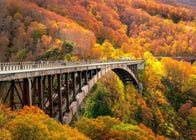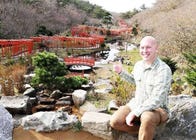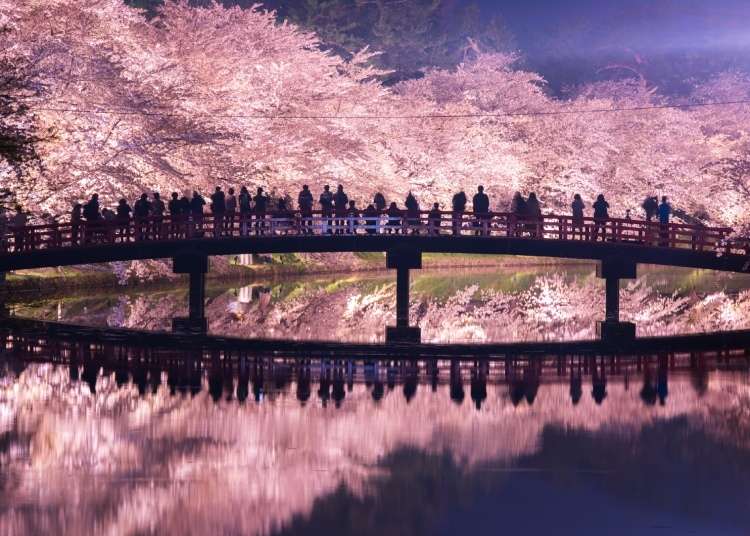
Encompassing 9,600 square kilometers of spectacular lake, mountain, and seaside scenery, Aomori Prefecture is Japan’s 8th largest prefecture and is bursting with fun places to explore. Accommodation options range from peaceful lakeside hotels to stylish city hotels with coastal views.
Our recommendations of the best places to stay in Aomori Prefecture are perfect for weekend getaways, festival visits, and fun seasonal trips to Japan’s north.
Main image: PIXTA
What is Aomori like?
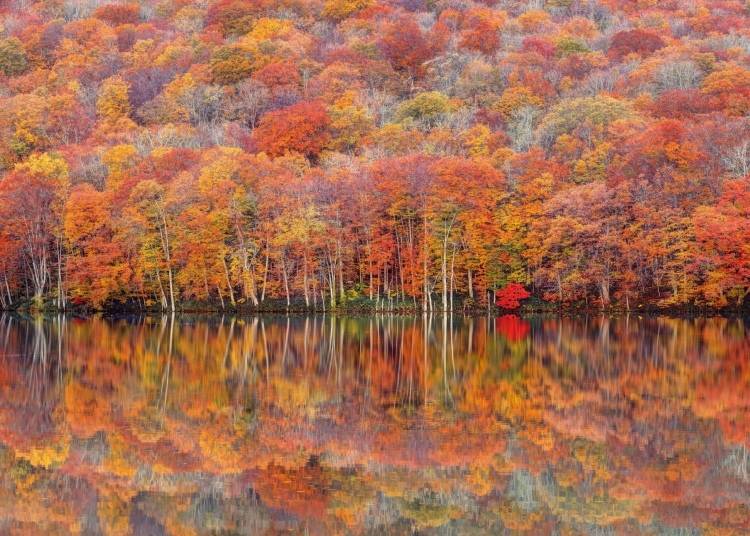
Aomori Prefecture is a well-known destination in Japan that offers stunning natural landscapes and a wealth of seasonal attractions. Whether you're seeking the excitement of the city or the tranquility of nature, Aomori has something for everyone, including families, excursionists, and foodies.
One of the main draws of Aomori is its delicious cuisine, which revolves, in part, around seafood. Depending on the season, visitors can also experience a variety of festivals, activities, and breathtaking natural scenery featuring colorful flowers and foliage.
Aomori is a year-round wonderland to get the perfect balance of urban and natural attractions!
- Aomori City, along the northern coast of the prefecture, is home to the famous Aomori Nebuta Matsuri Festival, a giant festival held in early August each year.
- Hirosaki City, southwest of Aomori City, is a castle town that's particularly popular in autumn and during cherry blossom season.
- Hachinohe City, on the northeast coast of the prefecture, has a variety of scenic temples and shrines, and has a beautiful coastline. It's also very close to the city of Misawa, home to Misawa Air Base.
- The Lake Towada area, in the south of the prefecture, is home to Towada-Hachimantai National Park, a variety of hot springs, and the scenic Oirase River.
Getting to Aomori Prefecture
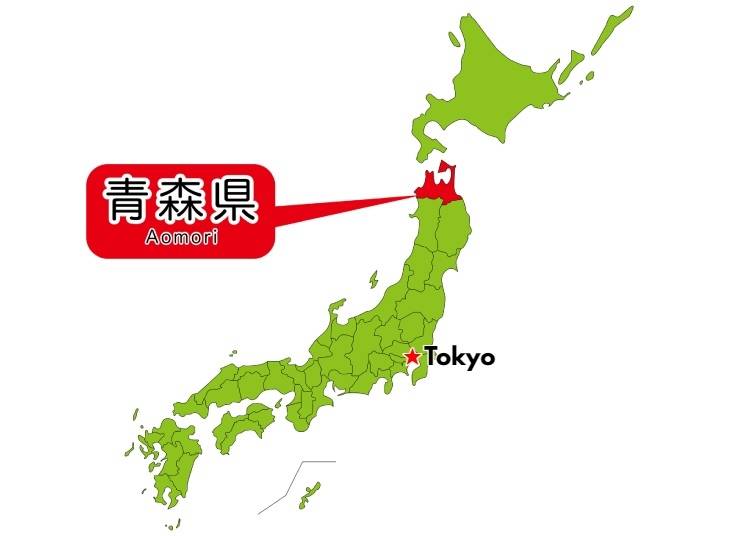
Getting to Aomori from Tokyo by train
The Shinkansen bullet train is the recommended way to travel from Tokyo to Aomori Prefecture.
・From Tokyo Station, take the Hayabusa Shinkansen operated by the JR Tohoku Shinkansen directly to Shin-Aomori Station (around 4 hours; around 17,500 yen; covered under the Japan Rail Pass and JR East Tohoku Area Pass).
・From there, you can transfer to a local train to reach Aomori Station, Hirosaki, and other destinations.
By bus
Bus (either highway bus or night bus) is the cheapest option to get from Tokyo Station to Aomori, costing between 3,000 and 15,000 yen depending on route, carrier, and time of day. The trip takes around 10.5 to 11 hours.
Flights to Aomori
Aomori, Hirosaki, and Hachinohe are the main gateways to Aomori Prefecture. Flying is the fastest and easiest way to reach Aomori Prefecture, with a flight duration of just 1 hour and 20 minutes from Tokyo. There are two airports serving the prefecture: Misawa Airport for the Nanbu area and Aomori Airport for the Tsugaru area. You can browse and book domestic flights here.
Getting around Aomori Prefecture
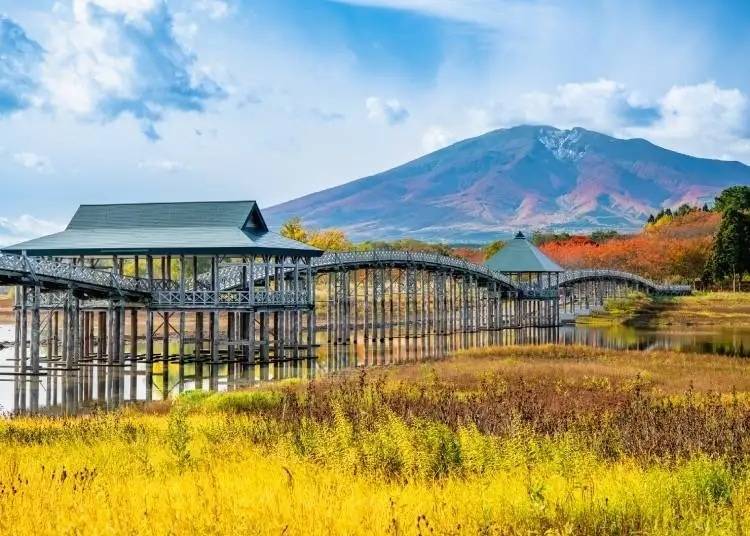
The train is the easiest way of moving between major cities in Aomori, such as Aomori City and Hirosaki.
Exploring cities in Aomori, buildings and activities tend to be somewhat more spread out than those around Tokyo. While they are still very walkable, a stroll will take more time. For instance, it is around a 30-minute walk from Hirosaki Station to Hirosaki Park.
Bus and taxi services are available within larger cities in Aomori. If you plan on visiting Oirase and the Lake Towada area, you can also catch a bus from Hirosaki and Aomori City.
Car rental
Driving is one of the easiest ways to get around Aomori Prefecture and see a wealth of sights that are trickier to access via public transport. Renting a car is highly recommended if you're visiting sights in more outlying areas, like the stunning Takayama Inari Shrine, as you aren't restricted by public transit schedules.
The 4 best areas to stay in Aomori Prefecture
When visiting Aomori, you’re likely to find exactly what you’re looking for in one of these areas.
1. Aomori City
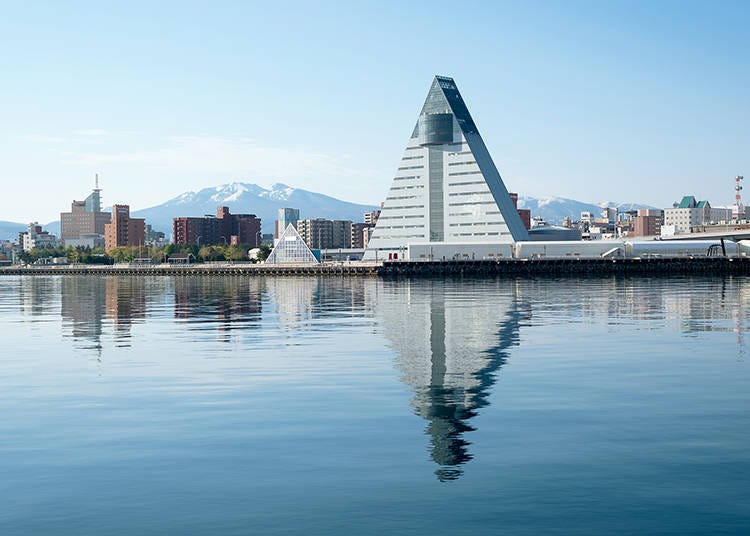
Aomori City is a great choice if you want to be at the center of the action. With plenty of restaurants, shops, and attractions, it's a convenient base for exploring the wider prefecture.
Aomori City also offers easy access to the Nebuta Festival, one of Japan's most famous festivals, which takes place every August. This area is ideal for families and urban adventurers who want to experience the city's vibrant energy.
Getting to Aomori City from Tokyo
The easiest way to get to Aomori City from Tokyo is by taking the Shinkansen bullet train from Tokyo Station to Shin-Aomori Station, then transferring to the JR Ou Line for Aomori Station. The journey takes approximately 3.5 hours.
- The Nebuta Matsuri Festival (August 2-7), a colorful summer festival featuring elaborate paper lantern floats.
- And if you’re interested in the festival, don’t miss the Nebuta Warasse, a museum entirely dedicated to the Nebuta Matsuri.
- The Aomori Museum of Art, which houses an impressive collection of contemporary Japanese art.
- The Furukawa Fish Market, where visitors can sample local seafood delicacies like uni (sea urchin) and ikura (salmon roe).
- Aomori Bay, which offers scenic views of the sea and the city skyline.
- The Sannai-Maruyama Ruins, an archaeological site that offers a glimpse into Japan's prehistoric Jomon period.
- Delicious local seafood cuisine and snacks, including nebuta-yaki (grilled mochi cakes).
Recommended places to stay in Aomori City
2. Hirosaki City
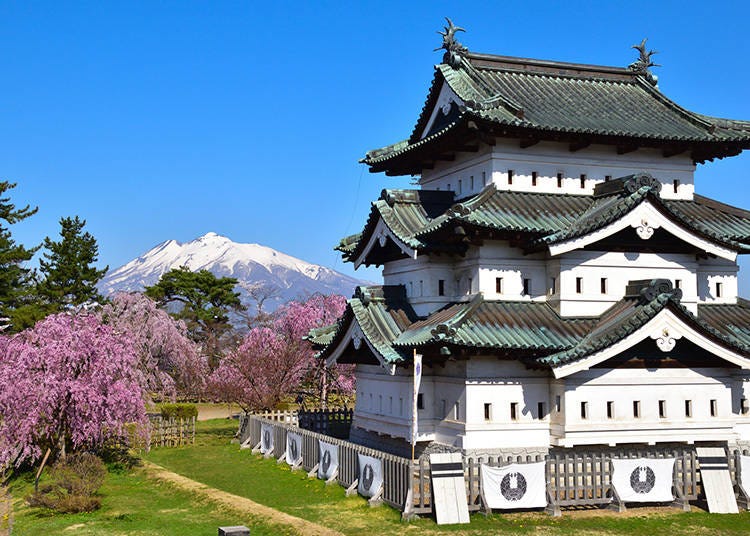
Hirosaki City is a charming castle town located in southwestern Aomori Prefecture, known for its well-preserved castle, traditional festivals, and local delicacies.
The top attractions include Hirosaki Castle and Park, especially during cherry blossom season in April when more than 2,500 cherry trees burst into bloom. There is also the Neputa Village Museum, which showcases the region's traditional festivals and crafts such as colorful floats, lanterns, and Tsugaru-jamisen (a type of Japanese stringed instrument).
If you're a foodie, you might enjoy the local specialties like Tsugaru ramen, apples, and locally-made apple cider.
Hirosaki is a great place to experience Japan's traditional side in a charming castle town setting. Whether you're a history buff, nature lover, or traveling with your partner, you'll find plenty to enjoy in this beautiful area!
Getting to Hirosaki from Tokyo
The easiest way to get to Hirosaki from Tokyo is by taking the Shinkansen bullet train from Tokyo Station to Shin-Aomori Station, then transferring to the JR Ou Line for Hirosaki Station. The journey takes just under 4.5 hours, depending on the train schedule.
- Hirosaki Castle and Park: A well-preserved castle and park with over 2,500 cherry trees that bloom in spring.
- Neputa Village Museum: A museum showcasing the region's traditional festivals and crafts, including colorful floats and lanterns used in the Neputa Festival (held roughly around the same time as Aomori City's Nebuta Festival).
- Fujita Memorial Garden: The second-largest Japanese garden in the Tohoku region, this picturesque place has a pond, teahouse, and seasonal flowers and foliage.
- Hirosaki Apple Park: A museum and orchard dedicated to Hirosaki's famous apples, with tasting sessions and apple-themed souvenirs.
Recommended places to stay in Hirosaki
3. Hachinohe City
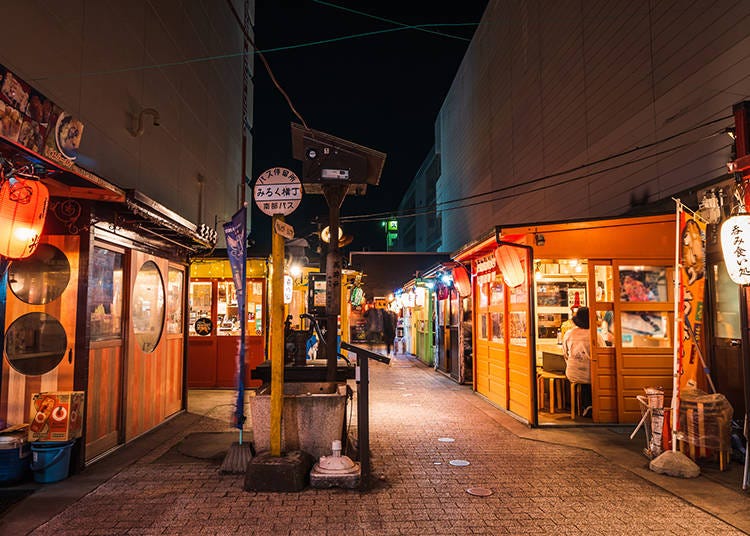
Hachinohe City is a bustling port town located on the eastern coast of Aomori Prefecture. It's known for its fresh seafood, traditional festivals, and historic landmarks.
The top attractions include the Hachinohe Fish Market, Kabushima Shrine, and the Hachinohe Enburi Festival, which features lively performances and colorful costumes.
As for food, you can try out local delicacies like Sanriku oysters, squid, and scallops.
This area is ideal for foodies and beachgoers who want to experience Japan's seaside culture.
Getting to Hachinohe from Tokyo
From Aomori Station, take the JR Ou Line to Shin-Aomori Station. Transfer to the Tohoku-Hokkaido Shinkansen to Hachinoe Station (1 hour and 13 minutes, 4,120 yen).
- Hachinohe Fish Market: A bustling market where visitors can purchase and sample fresh seafood, including sanriku oysters, squid, and scallops.
- Kabushima Shrine: A Shinto shrine located on a scenic island, known for its colony of black-tailed gulls.
- Hachinohe Art Museum: A modern museum featuring a variety of contemporary and traditional art exhibits, including works by local artists.
- Tanesashi Coast: A scenic coastline with beautiful views of the Sea of Japan and a variety of natural attractions, including sandy beaches and rocky cliffs.
- Hachinohe Enburi Festival (February 17-20): A lively winter festival featuring traditional dance performances, colorful costumes, and traditional music.
- Hachinohe Sansha Taisai Festival (July 31 to August 4): A popular summer festival featuring large, ornate floats and a variety of traditional performances.
Recommended places to stay in Hachinohe
4. Lake Towada
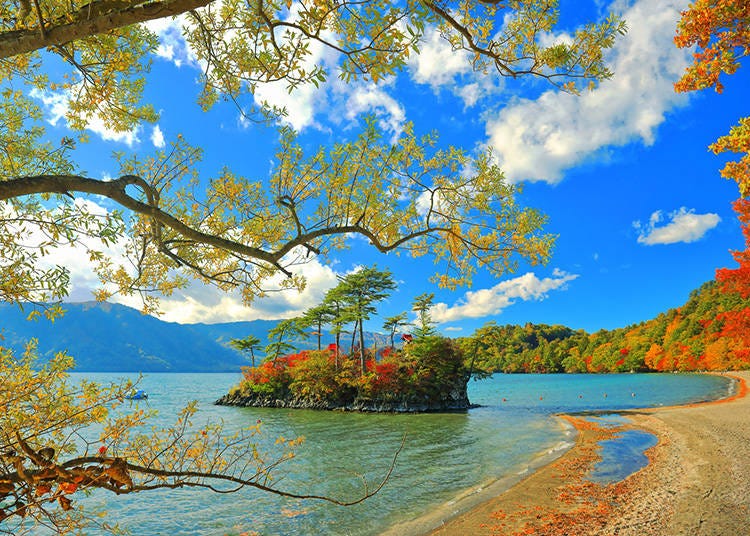
The Lake Towada area is a scenic region located in the northern part of Aomori Prefecture, known for its beautiful lake, stunning autumn foliage, and picturesque hiking trails.
Some of its top attractions include Lake Towada, Oirase Gorge, and the Towada-Hachimantai National Park. Here, you can enjoy a variety of outdoor activities, including hiking, fishing, and skiing.
The Lake Towada area is an ideal destination for nature lovers and outdoor enthusiasts looking for a serene retreat.
Getting there
From Aomori Station, take the Express Bus Asunaro to Ikarigaseki (55 minutes, 1,400 yen). From there, you will find a number of bus services that will take you to Lake Towada.
You can also take the JR Ou or JR Ou Rapid from Aomori station to Ikarigaseki Station.
Please note that some transportation services may be closed during the winter months.
- Lake Towada: A scenic crater lake with crystal-clear waters that change color throughout the year.
- Oirase Gorge: A picturesque gorge with a walking trail that winds along the Oirase River, offering beautiful views of waterfalls and rapids.
- Towada-Hachimantai National Park: A vast national park with a variety of natural attractions, including forests, mountains, hot springs, and volcanic landscapes.
- Mount Hakkoda: A group of volcanic mountains with hiking trails, ski slopes, and hot springs that offer stunning views of the surrounding area.
- Tsuta Onsen: A historic hot spring town located near Oirase Gorge, with a variety of ryokans (traditional inns) that offer hot spring baths and local cuisine.
- Kodaki Falls: A stunning waterfall located in the heart of Towada-Hachimantai National Park, accessible by a short hike through the forest.
- Shingo Village Tomb of Christ: A mysterious tomb located in a remote area near Lake Towada, believed by some to be the final resting place of Jesus Christ. (Note: While Christ's Tomb is a popular attraction in the Lake Towada area, its authenticity as the burial site of Jesus is widely disputed among scholars and historians.)
Recommended places to stay around Lake Towada
Best seasons to visit Aomori Prefecture
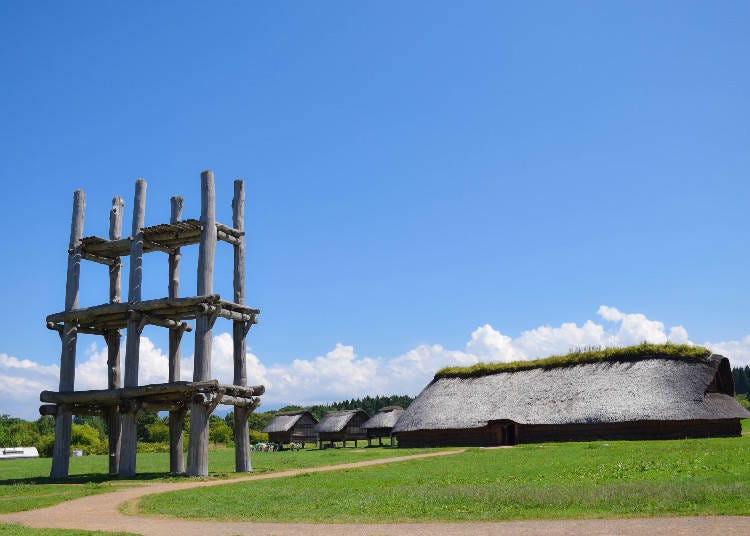
No matter which season you choose to visit, you'll be able to experience the warm hospitality and delicious cuisine of Aomori as well as the unique attractions that each season has to offer.
・Fall: Considered by many to be the best season to visit Aomori due to the stunning autumn foliage that transforms the region's forests and mountains into a kaleidoscope of colors.
・Spring: A great alternative for those who enjoy cherry blossoms, which bloom in late April in Aomori.
・Summer: Ideal for those who don't want to miss the vibrant Japanese festivals, including the Nebuta Festival in Aomori City and the Tanabata Festival in Hirosaki City.
・Winter: The best season for winter sports enthusiasts, as you can go skiing, snowboarding, and snowshoeing in the region's many mountain resorts. It's also a great time to visit the hot springs and enjoy traditional winter cuisine.
Written by:

- Area
- Category
*Prices and options mentioned are subject to change.
*Unless stated otherwise, all prices include tax.
Limited time offer: 10% discount coupons available now!
Recommended places for you
-
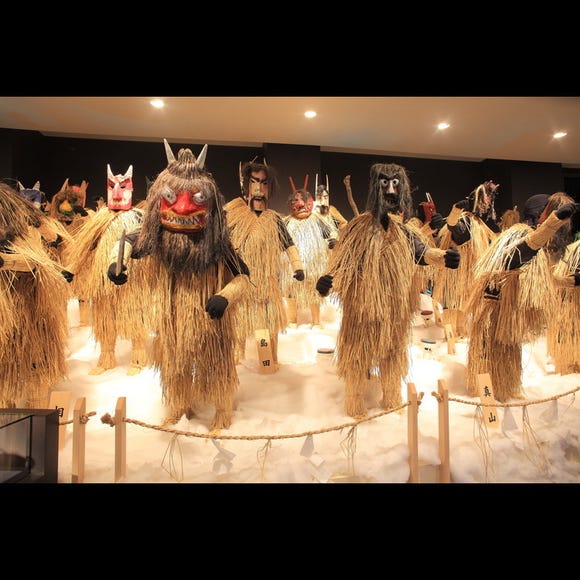
Namahage Museum
Other Museums
Surrounding Areas Of Akita
-

Lake Tazawa
Rivers, Lakes & Canyons
Surrounding Areas Of Akita
-
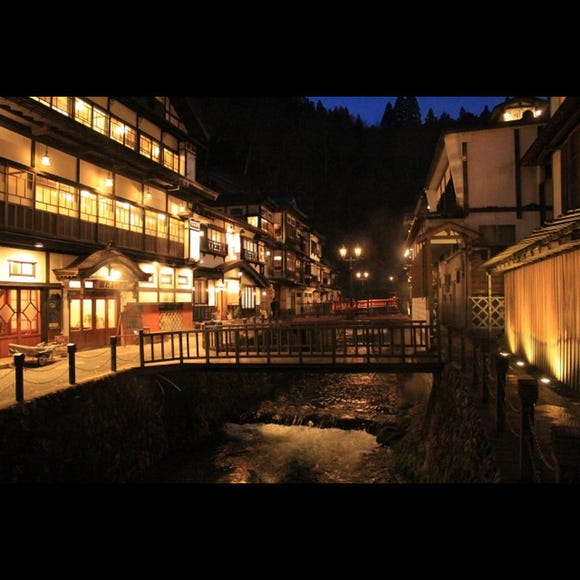
Ginzan Onsen
Hot Springs (Onsen) & Bath Houses (Sento)
Surrounding Areas Of Yamagata
-
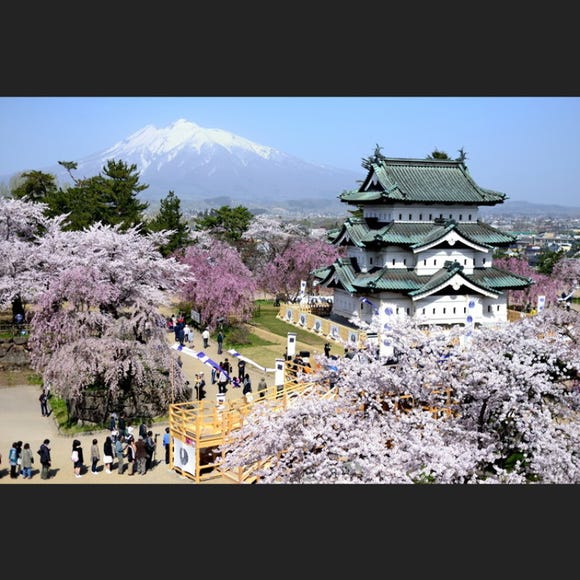
Hirosaki Park
Parks
Aomori, Hirosaki And Hachinohe
-
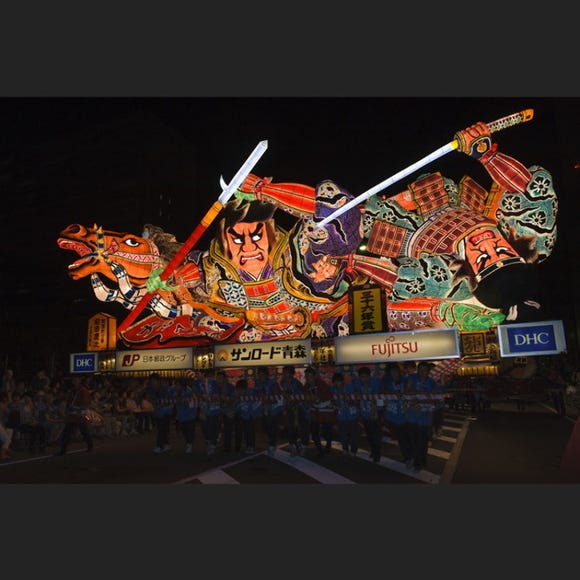
Aomori Nebuta Festival
Japanese Festivals (Matsuri)
Aomori, Hirosaki And Hachinohe
-
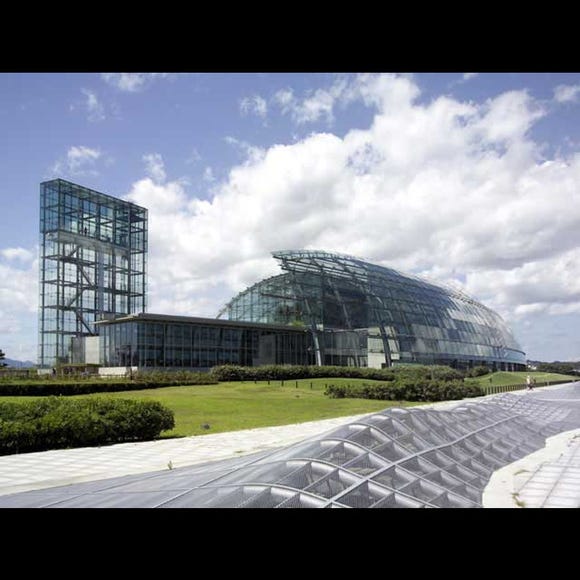
Aquamarine Fukushima
Zoos, Aquariums & Botanical Gardens
Fukushima, Koriyama And Iwaki
-
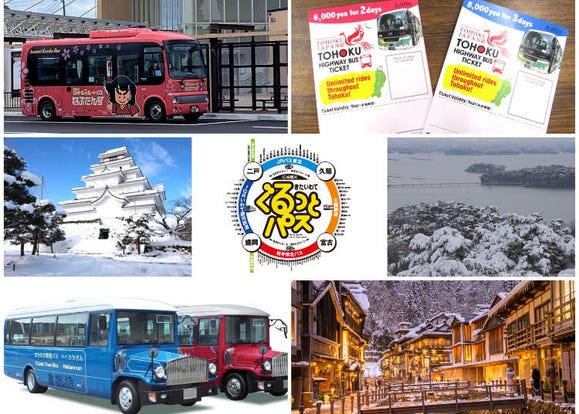
Explore Tohoku in Winter With 5 Budget-Friendly Travel Passes (Local Recommended!)
-
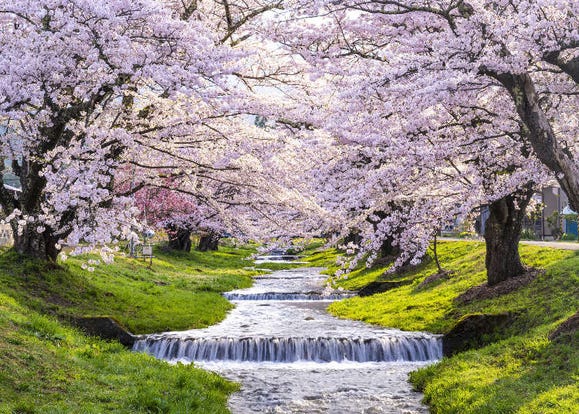
10 Dreamy Places in Fukushima to See the Cherry Blossoms
-
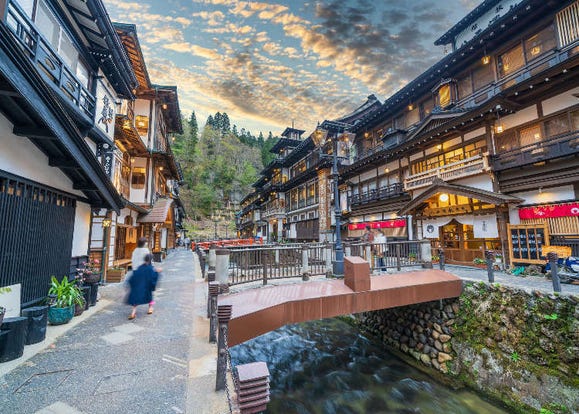
Dreamy Japan: 5 Scenic Onsen Towns in Yamagata Prefecture
-
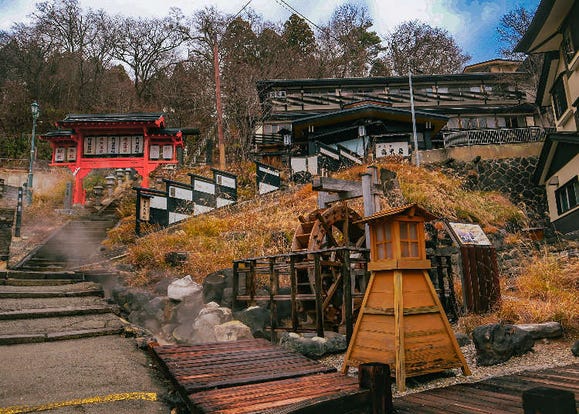
Plan Your Visit to Zao Onsen (Yamagata) - A Comprehensive Guide
-
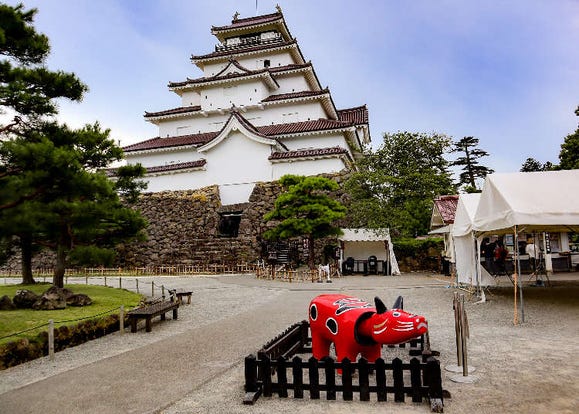
Aizu-Wakamatsu Guide (Fukushima): A Day in the City of Sake and Samurai
-
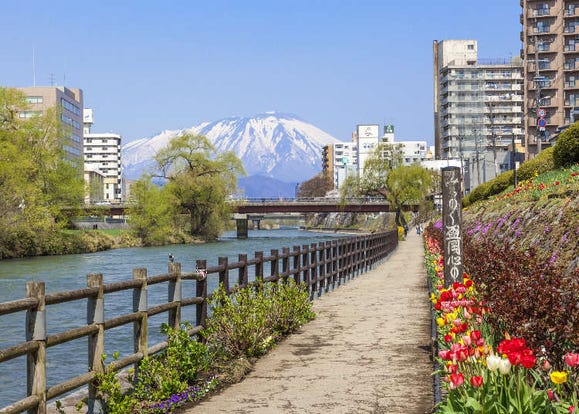
19 Best Things to Do in Morioka: See, Eat, and Shop Your Way Through Iwate's Capital City
-
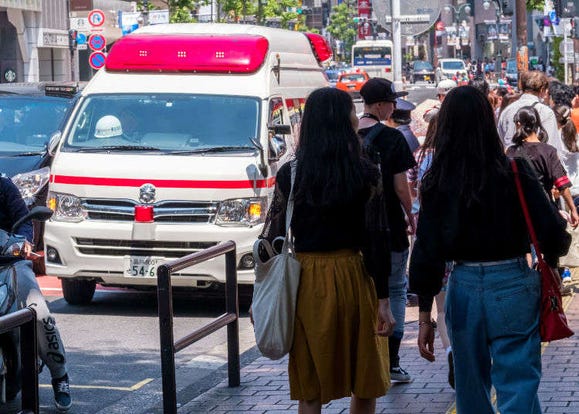
Healthcare in Japan for Tourists: What to Do When You Get Sick or Injured in Japan
-
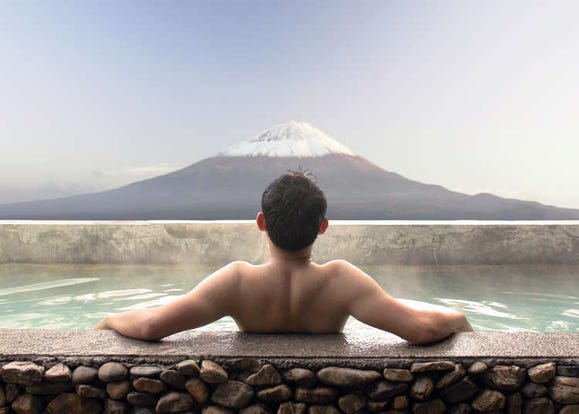
Japan's Bath Culture: Tips You Should Know!
-
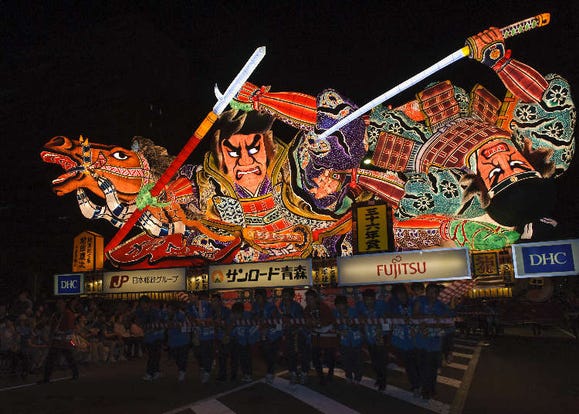
Feature: Where to Stay For the Aomori Nebuta Festival - Book Now!
-

10 Best Hotels Near Sendai Station: Picks Under $100
-
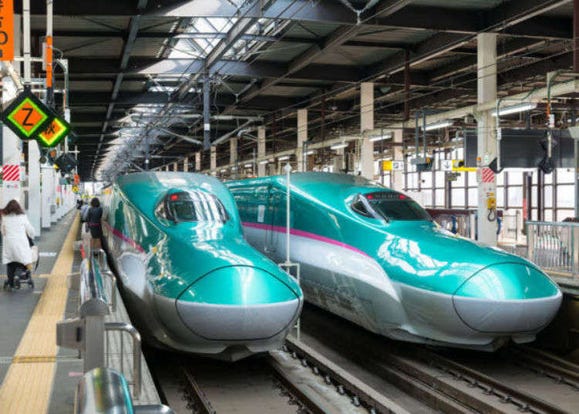
Tokyo to Sendai: Riding the Shinkansen to Japan's Stunning Spots
-

Where You Should Stay in Sendai: Best Areas & Hotels For Visitors
















